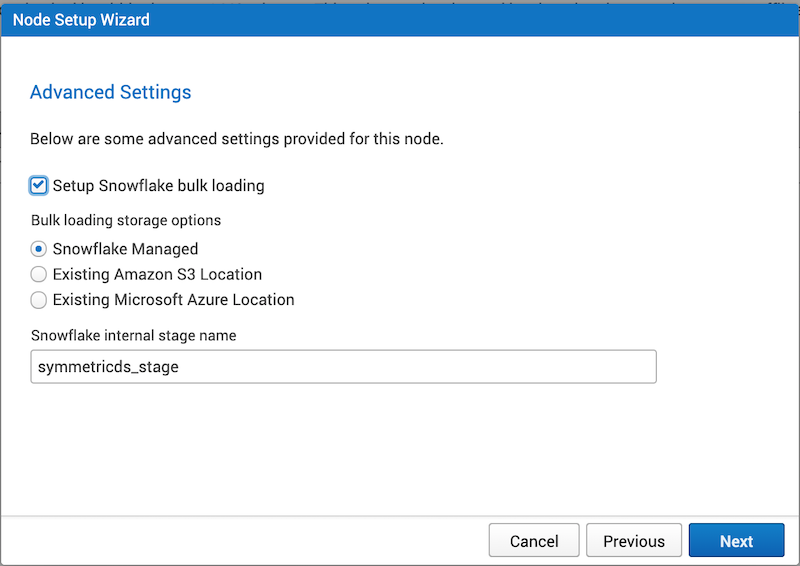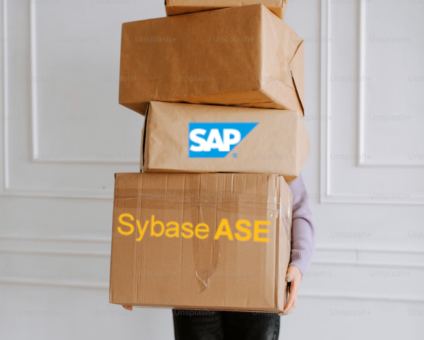Physical retail is still where the magic happens. According to new research by RSR, 85% …
![]()
Cloud-native POS platform for seamless omnichannel customer experience.
![]()
A single hub for all promotions campaigns.
- Omnichannel ExperienceCreate seamless customer experiences
- Device IndependencePOS agnostic to form factor or operating system
- Self-CheckoutDo more with fewer associates
- Mobile StoreLeverage POS from anywhere
- POS on the GoEnable associates to sell outside of the store
- Unified PromotionsStreamline and simplify promotion workflows
- CX ConnectAllow customers to engage with POS during checkout
- Composable CommerceCreate the store experience you want
![]()
The most advanced synchronization solution for databases and file systems.
![]()
Data configuration and batch automation across different disparate systems and vendors.
-
Data Replication
- Multi-tier DistributionReplicate thousands of remote locations
- Cloud Database ReplicationCapture live changes from on-premise to the cloud
- High Availability and Load BalancingEnsure 24/7 access to data and scale efficiently with demand
- Analytics and ReportingCapture the whole picture with real-time reporting
- Multi-masterMaintain consistency of data in a peer to peer setup
- Data WarehouseReplicate live and historical data to a warehouse
- MigrationsConduct live data migration with no downtime
-
-
Data Integration
- Master Data ManagementChanges propagate across the entire system, allowing you to maintain a centralized view of all parts of your core business entities.
- Application IntegrationReduce dependencies, complexity, and risk to build a high-performance, data-driven application.
- Web ServicesIntegrate multiple systems using web services or build a business application using a service-oriented architecture.
- Data WarehouseIntegrate disparate data from multiple systems so you can transform data for better business intelligence and reporting.
- Data MigrationConduct live data migration during critical server replacements, storage upgrades, and data center relocations—with no downtime.
- ImplementationIntegration consultants help design, develop, and deploy an implementation of our products.
- DevelopmentThe product developers can add features, enhance existing functionality or build support for new platforms.
- TrainingEngage our experienced training resources to gain in-house knowledge and expertise on Jumpmind products.
- SupportLeverage product engineers to resolve issues, fix defects and provide updates or patches.
- Proof of ConceptDetermine the feasibility of implementing our products and get answers to your questions quickly.
Beyond the Hype: What Retailers Really Want from Tech in 2025 Europe’s biggest retail conference …
What a fun week it was for women from across the country who came together …
View all Blog Posts
The new release of SymmetricDS Pro 3.16 data replication software simplifies setup, improves performance, and …
Sybase ASE (more recently known as SAP Adaptive Server Enterprise), announced its end of mainstream …
Azure Blob Storage has become a popular option for storing files in the cloud. And …
View all Blog Posts
Jumpmind Powers Point of Sale and Promotions Execution for Landmark Retail, One of the Largest …
Retail Technology Leader Jumpmind to Enable Mobile Point of Sale and Inventory Management for DTLR/VILLA …
The retailer is charting its next chapter with retail technology modernization to power inspired omnichannel …
View all Customer Stories
43 percent say handling online order returns in-store is a top challenge, and that increases …
After nearly a century in business, the legendary Canadian fashion retailer is retooling to streamline …
The Solution Addresses Modern Retail Challenges with Innovative Promotions to Captivate Inflation-Weary Shoppers NRF 2024, …
View all Blog Posts
![]()
Cloud-native POS platform for seamless omnichannel customer experience.
![]()
A single hub for all promotions campaigns.
![]()
The most advanced synchronization solution for databases and file systems.
![]()
Data configuration and batch automation across different disparate systems and vendors.
-
Data Replication
-
-
Data Integration
-
Retail Retail trends, technology, and enhancing the customer experience
-
Data Thoughts on data matters, dialects, performance, and security
-
Customer Stories How Jumpmind impacts the businesses of our clients
-
Videos & Webinars Watch on demand demos, reviews, and tours of our products
-
Company News Get the scoop on Jumpmind's growth and impact
View all Blog Posts
Data replication into Snowflake


SymmetricDS now supports loading data and changes into Snowflake. Capture changes in your relational database and sync them in near real-time into a Snowflake cloud data warehouse.
Version 3.10 of SymmetricDS now has the ability to bulk load data into Snowflake as well as be configured to replicate changes from an existing relational database into Snowflake as the occur.
To begin setup a SymmetricDS node that will connect to an existing relational database. Through the quick configuration wizard provided with SymmetricDS you can configure all the tables on the source database that should be replicated. Once you have your source node in place and the appropriate tables to be replicated to Snowflake you are all set to begin the Snowflake configuration.
-
Setup a database in SnowFlake
Create a new database in SnowFlake or use an existing one while setting up the SnowFlake node below. In this example we will use a database named “JUMPMIND”.

-
Choose a file stage option that will be used to bulk load data into SnowFlake
All 3 staging options are supported by SymmetricDS. The staged area will be used to hold the data files used during the initial load process from an existing relational database into the SnowFlake database.

-
Within SymmetricDS, add a node that will use the “SnowFlake (Load Only)” database dialect.
Using the Add Node Wizard in SymmetricDS a SnowFlake node can be configured. You will need to provide the account name and database name in the URL text field as well as the user and password to connect to your SnowFlake environment.

- Next, provide the staging information setup in SnowFlake
Configure SymmetricDS to utilize bulk loading capabilities of existing data into Snowflake. The selections and inputs on this panel should match what was setup in SnowFlake for storage options. In this blog SnowFlake managed staging was used but AWS S3 and Azure Storage are also available.
Once you have configured the storage for the bulk loading complete the wizard and your SnowFlake node is ready.

-
Starting the bulk load to SnowFlake
Using the Load Data Wizard you can send an initial load of data from your source relational database into SnowFlake.


















